Aengus : God of Poetry
Listen
At a glance
| Description | |
|---|---|
| Origin | Irish Mythology |
| Classification | Gods |
| Family Members | Dagda (Father), Boann (Mother), Oghma, Brigid (Siblings) |
| Region | Ireland, Northern Ireland |
| Associated With | Youth, Love, Poetry |
Aengus
Introduction
Aengus, also known as Aengus Óg or Aonghus, is a key figure in Irish mythology and a member of the Tuatha Dé Danann, the legendary race of deities and heroes who once ruled Ireland. Revered for his associations with love, youth, summer, and poetic inspiration, Aengus holds a special place in Irish folklore. Often called Mac Óg or Aengus the Young, he embodies youthful vigor and artistic creativity. Aengus features prominently in various myths, where his cunning, passion, and influence shine through, solidifying his status as one of the most beloved deities in the Celtic pantheon.
Physical Traits
Aengus is portrayed as a strikingly handsome and eternally youthful god, often described with golden hair, radiant features, and captivating blue eyes. His charm and beauty are central to his identity, symbolizing his connection to love and vitality. In folklore, he is sometimes depicted in regal attire, such as shimmering gold garments and a crimson royal robe, enhancing his divine aura. A Scottish tale even describes him riding a white steed, further emphasizing his majestic presence. Birds frequently accompany him, representing his kisses and serving as messengers, reinforcing his role as a deity of love and enchantment.
Family
Aengus, the son of Dagda, chief of the Tuatha Dé Danann, and Boann, goddess of the River Boyne, was born under extraordinary circumstances. To hide their affair from Boann’s husband, Elcmar, Dagda used his divine powers to halt the sun, making it seem as if Boann carried Aengus for only a single day. This miraculous birth story underscores Aengus’s otherworldly nature.
His lineage places him among the most revered figures in Irish mythology. His siblings include Brigid, the goddess of poetry and healing, and Bodb Derg, a prominent ruler of the Tuatha Dé Danann. Aengus also took a special interest in his foster-son, Diarmuid Ua Duibhne, a warrior of the Fianna, often coming to his aid in times of need.
Other names
Aengus is known by several names that highlight his divine qualities and youthful essence. One of his most common titles, Aengus Óg, means “Aengus the Young,” emphasizing his association with eternal youth and vitality. He is also referred to as Mac Óg or Mac ind Óg, both meaning “young son,” underscoring his beloved status as the son of Dagda and Boann. In Old Irish, his name appears as Óengus or Oíngus, believed to derive from a Proto-Celtic term for “true vigor.” According to the medieval Dindsenchas, Boann named him Aengus to signify that her union with the Dagda was her “only desire,” further linking him to themes of love and longing in Irish mythology.
Powers and Abilities
Aengus wields a variety of divine abilities that reinforce his role as a god of love, youth, and inspiration. His mastery of words allows him to charm and influence others, making him a powerful poet and diplomat. His connection to romance extends beyond mere influence—he has the ability to inspire deep love and longing in those around him.
Aengus is also a skilled shapeshifter, a talent inherited from his father, the Dagda. He famously used this ability in his pursuit of Caer Ibormeith, transforming into a swan to reunite with her. His prophetic dreams serve as another of his remarkable gifts, offering visions of fate and guiding both mortals and deities.
Music is another extension of his magic; his melodies are said to enchant listeners, bringing peace or even bending emotions to his will. He is also associated with mystical birds, often seen circling him, which symbolize his kisses and act as messengers or instruments of divine retribution. Additionally, he carries powerful weapons, including the swords Moralltach and Beagalltach, as well as the spears Gáe Buide and Gáe Derg, reinforcing his role as both a lover and a warrior in Irish mythology.
Modern Day Influence
Aengus’s legacy endures in contemporary culture, particularly in Ireland, where he remains a powerful symbol of love, youth, and artistic inspiration. His mythological presence continues to shape literature, music, and festivals, keeping his influence alive across generations.
His impact on literature is evident in works such as W.B. Yeats’s poem The Song of Wandering Aengus, which beautifully captures his eternal search for love and beauty. He also appears in novels like James Stephens’ The Crock of Gold and Kate Thompson’s The New Policeman. Modern fantasy literature, including The Iron Druid Chronicles and Hellboy, also incorporates Aengus as a character, showcasing his lasting appeal beyond Irish folklore.
Music continues to reflect his influence, with songs such as Johnny Flynn’s Wandering Aengus drawing inspiration from his myth. His presence extends into television as well, with references in shows like The Magicians. Additionally, Irish festivals celebrating mythology and folklore often honor Aengus, particularly during events like Lughnasadh, where stories of love, poetry, and transformation remain central themes. These modern interpretations reaffirm Aengus’s timeless relevance, ensuring his myths continue to captivate audiences today.
Related Images
Source
MacKillop, James. “A Dictionary of Celtic Mythology.” Oxford University Press, 2004.
Sjoestedt, Marie-Louise. “Gods and Heroes of the Celts.” Translated by Myles Dillon, Turtle Island Foundation, 1982.
Yeats, W.B. “The Song of Wandering Aengus.” Collected Poems of W.B. Yeats, Simon & Schuster, 1996.
Frequently Asked Questions
What is lorem Ipsum?
I am text block. Click edit button to change this text. Lorem ipsum dolor sit amet, consectetur adipiscing elit. Ut elit tellus, luctus nec ullamcorper mattis, pulvinar dapibus leo.
What is lorem Ipsum?
I am text block. Click edit button to change this text. Lorem ipsum dolor sit amet, consectetur adipiscing elit. Ut elit tellus, luctus nec ullamcorper mattis, pulvinar dapibus leo.
What is lorem Ipsum?
I am text block. Click edit button to change this text. Lorem ipsum dolor sit amet, consectetur adipiscing elit. Ut elit tellus, luctus nec ullamcorper mattis, pulvinar dapibus leo.
What is lorem Ipsum?
I am text block. Click edit button to change this text. Lorem ipsum dolor sit amet, consectetur adipiscing elit. Ut elit tellus, luctus nec ullamcorper mattis, pulvinar dapibus leo.
What is lorem Ipsum?
I am text block. Click edit button to change this text. Lorem ipsum dolor sit amet, consectetur adipiscing elit. Ut elit tellus, luctus nec ullamcorper mattis, pulvinar dapibus leo.

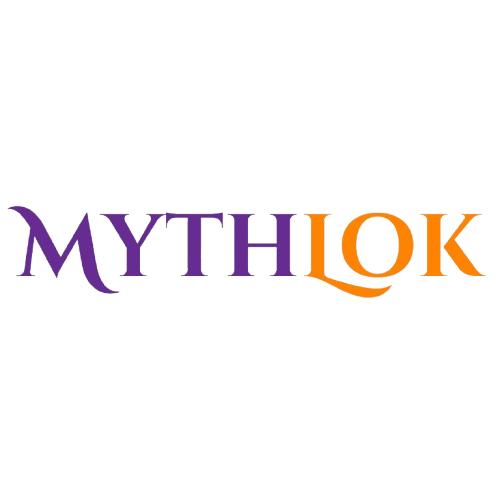
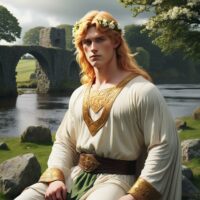

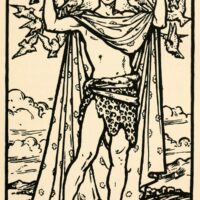
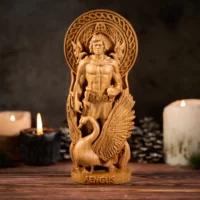

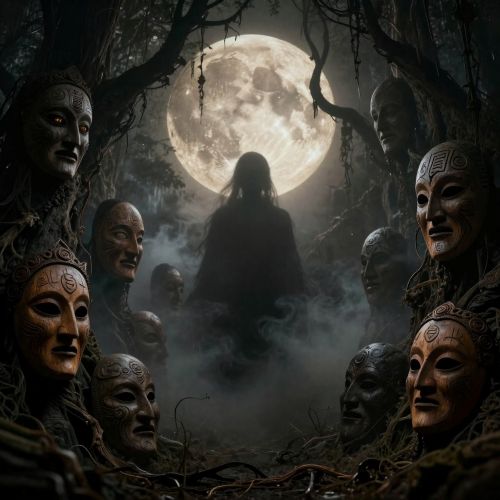
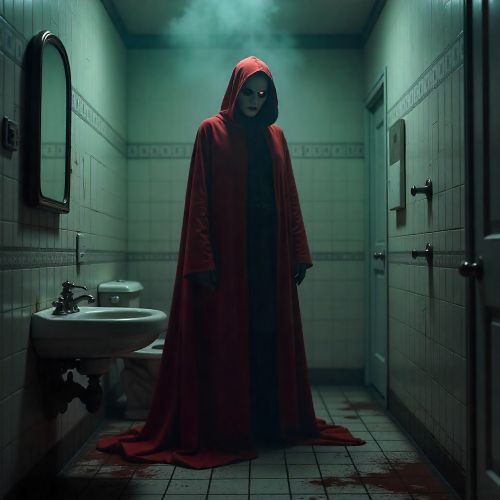
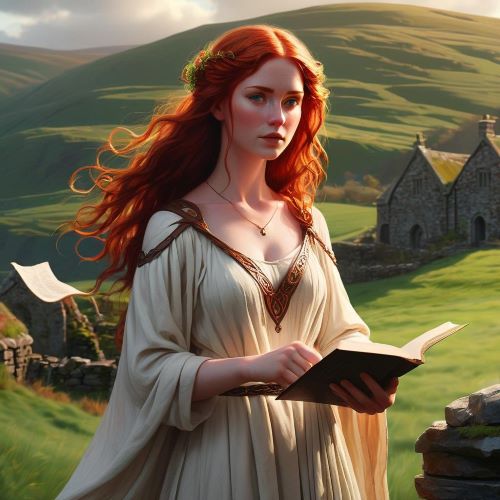
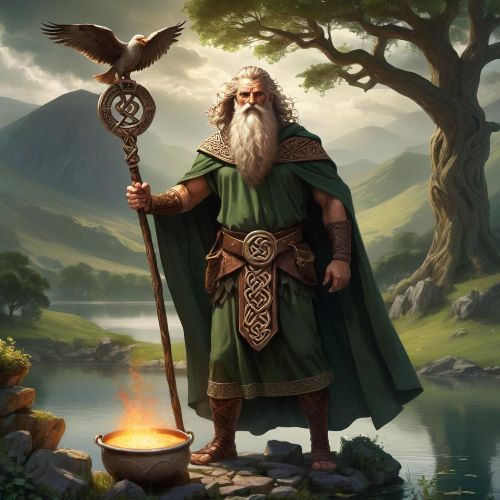
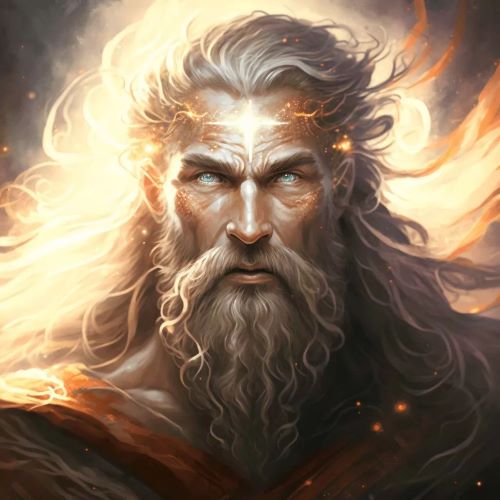
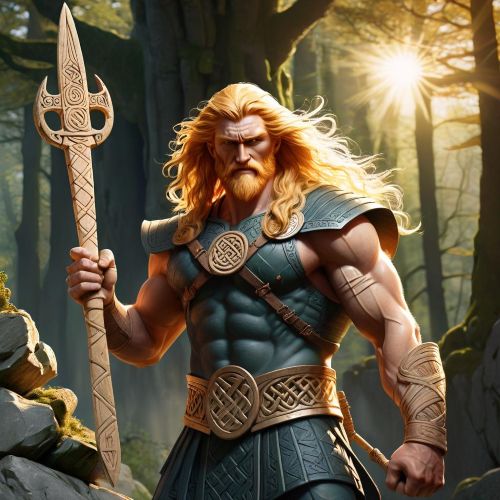
Rediscovering imagination
This blog covers important and relevant topics that many are afraid to address Thank you for being a voice for the voiceless
Nature escape for stress relief
I just wanted to take a moment to say how much I appreciate your work. This article, like many others on your blog, is filled with valuable insights and a wonderful sense of optimism. It’s evident that you put a lot of thought and care into your writing, and it shows. Thank you for consistently creating such uplifting content! — please subscribe to my channel https://www.youtube.com/@jivoice?sub_confirmation=1
Nature relaxation videos
This post truly brightened my day! I appreciate how you delve into the topic with such positivity and clarity. It’s refreshing to see content that not only informs but also uplifts the reader. Your writing style is engaging and always leaves me feeling inspired. Keep up the fantastic work!
Kunal Singh
Your blog is a place I come to when I need a boost of positivity It’s like a warm hug from a friend Thank you for being that friend
Maisie A. Owens
This blog post is worth the read – trust us!
Rohit Mehta
Your writing is so engaging and easy to read It makes it a pleasure to visit your blog and learn from your insights and experiences